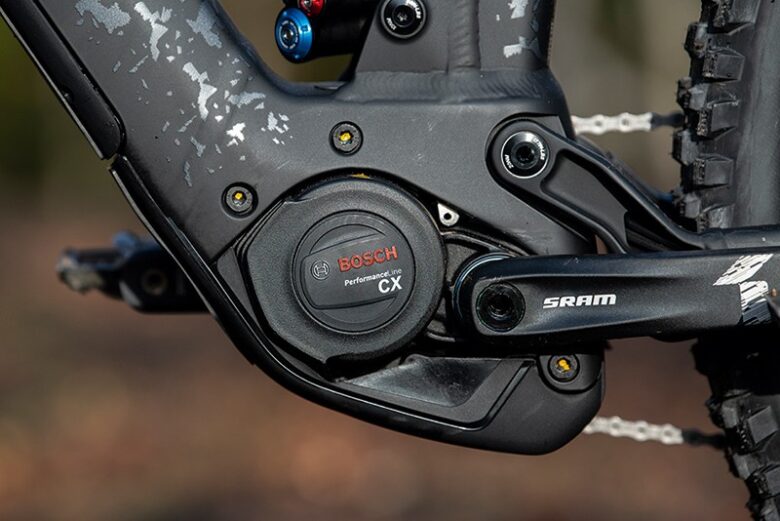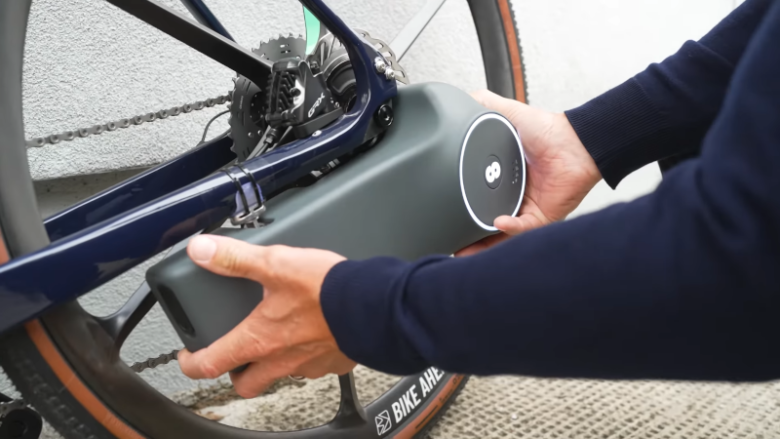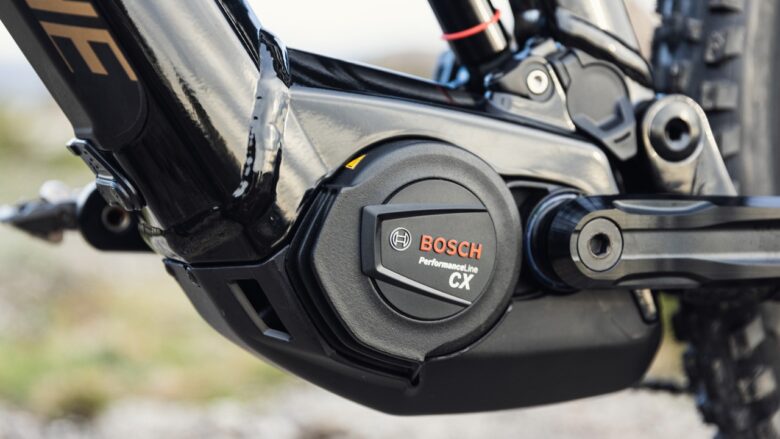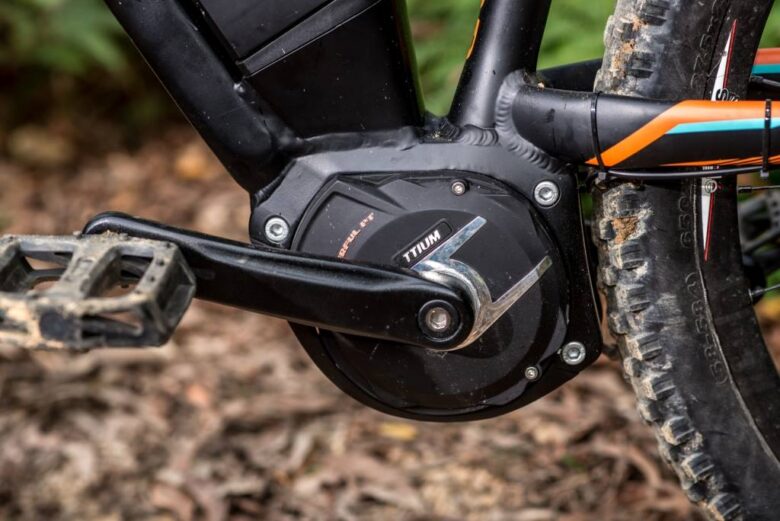Bikes with electric motors have become increasingly popular in the last few years. They offer a convenient way to get from point A to point B, especially when you’re not able to climb hills or spend a lot of time riding. But if you’ve ever ridden one of these e-bikes, you know it can feel like riding an ungeared roller coaster sometimes.
The high power demands and need for frequent charges can quickly exhaust your battery, leaving you stranded until you find a charging station again. To increase your range and extend your e-bike battery life, e-bike motor manufacturers have come up with multiple innovations. In this blog post, we’ll discuss why an eBike motor should not exceed 500W in terms of continuous output and how this limit can be reached without sacrificing efficiency or performance.
Contents
What is the Continuous Output of an eBike Motor?

Source: bikeradar.com
The continuous output of an eBike motor is the amount of power it can deliver at all times, without stopping. It’s usually stated in Watts (W) and is the maximum amount of power that can be delivered over one hour. For example, some manufacturers claim a continuous output of 1000W, while others advertise a maximum output of 500W. How to Know if
Your eBike Motor Can Exceed 500W To know if your e-bike motor can exceed 500W, we need to look at the relevant specifications first. These are measured in watts (W), amperage (A), and voltage (V). When shopping for an eBike, you’ll notice that manufacturers don’t all list the same values. The value of W is identical for all e-bike motors. This is the amount of power required for a bike to move at a certain speed. Amperage is the amount of current that flows through the battery. It’s measured in amps (A) and is the primary determinant of how much a battery will be drained during operation. Voltage is the amount of power that makes it into the battery. The higher this is, the more efficient the battery will be and the longer it will last.
Why an eBike Motor Should Not Exceed 500W When e-bike motors are tested, they are usually maintained at a constant speed. Constant power is usually not required, so it makes sense that eBike motors can safely provide higher power than this. However, there is a limit to how much power an eBike motor can safely provide. Charging a lithium battery to a high voltage does not occur naturally. Even if left unplugged, a lithium battery will slowly lose voltage as the battery discharges. This is known as self-discharge. If the voltage is too low, it’s possible the battery will not be able to be recharged. Another factor to consider is that e-bike motor systems are usually designed to match the power output of the motor to the rider’s weight and the weight of the rider’s bike.
This is done to ensure that the system doesn’t overload and cause damage. If a motor is tested at a higher power, then it’s likely the system will be damaged. If a rider keeps pushing their e-bike beyond its limits, then the system is also at risk of being damaged. As with all battery-powered systems, it’s important to use common sense and respect the limitations of both the rider and the battery. The e-bike motor system was not designed to exceed 500W and shouldn’t be pushed beyond this.
How to Know if Your eBike Motor Can Exceed 500W

Source: hackaday.com
To find out if your eBike motor can provide 500W of continuous power, you need to look at the specifications of the motor. Luckily, if you’re shopping for an e-bike, most motors are listed on the box or online specifications page. You can also look them up on websites like BikeBandit, Quik, or Ebikelab. One thing to keep in mind is that e-bike motor specifications are usually listed for a stator (the part of the motor that spins and is connected to the bike) and a rotor (the part that produces electricity). Even though the motor is often referred to as a “bicycle motor”, most are designed for off-road use.
The core of an e-bike motor is an electrical component called a stator. The stator is connected to the bike’s crankset and spins when pedaling. A motor’s rotor is made from an alloy such as ceramics or Nylon and has several coils wound around it. The magnets inside the coils are what actually produce the electricity. There are different types of motors, so it’s important to know what type your eBike motor is.
Why an eBike Motor Should Not Exceed 500W

Source: mbr.co.uk
There are many advantages to using an eBike motor over a standard bike motor. These include greater efficiency, quieter operation, and longer battery life. They can also be used in applications that a bike motor cannot. These include off-road use, and on certain types of eBikes, they can even replace the rear wheel. The biggest advantage of using an e-bike motor over a standard bike motor is its high efficiency. This means an eBike motor can be powered with a lower amount of energy than a bike motor. This can lower the operating cost of owning an e-bike compared to a bike.
The quieter operation of an e-bike motor is due to the use of a different type of alloy in the rotor, which results in a different sound when spinning. The difference is not noticeable to the human ear, but it can be felt under the bike seat. E-bike motors also have the additional advantage of being able to operate independently of a bike. This is done by connecting a rider directly to the motor, rather than the bike. A battery pack is often attached to the motor, and the rider may also have a throttle that controls the speed of travel.
How to Achieve Optimal Range With Standard Batteries

Source: evnerds.com
The most important aspect of the e-bike range is the health of the battery. To increase the range of your eBike, you need to ensure that the battery is not overcharged and that it has sufficient remaining power so that it doesn’t discharge while stationary. It’s important to charge the battery at a moderate rate and to use it within its capacity. If you’re operating at lower speeds or taking shorter trips, like to the grocery store, you can often get away with using a lower-capacity battery.
However, if you plan on riding long distances or using your e-bike for daily commutes, you should use a higher-capacity battery. Higher-capacity batteries have a higher energy density which means they can store more energy. They’re also lighter which means they have a lower center of gravity and are therefore less likely to be affected by potholes and other road irregularities. When choosing a battery, you should pay attention to the capacity, voltage, and amperage. The voltage and amperage are important because eBike motors are typically designed for them. These numbers will vary depending on the type of bike you’re riding.
Conclusion
When choosing an e-bike motor, you need to select one that can provide the continuous power you require without overloading the system. This can be achieved by using a higher voltage and amperage battery. However, there are a few factors to consider when purchasing an eBike motor, such as the maximum continuous output and the type of battery required.
